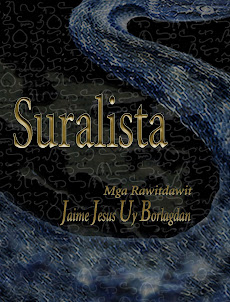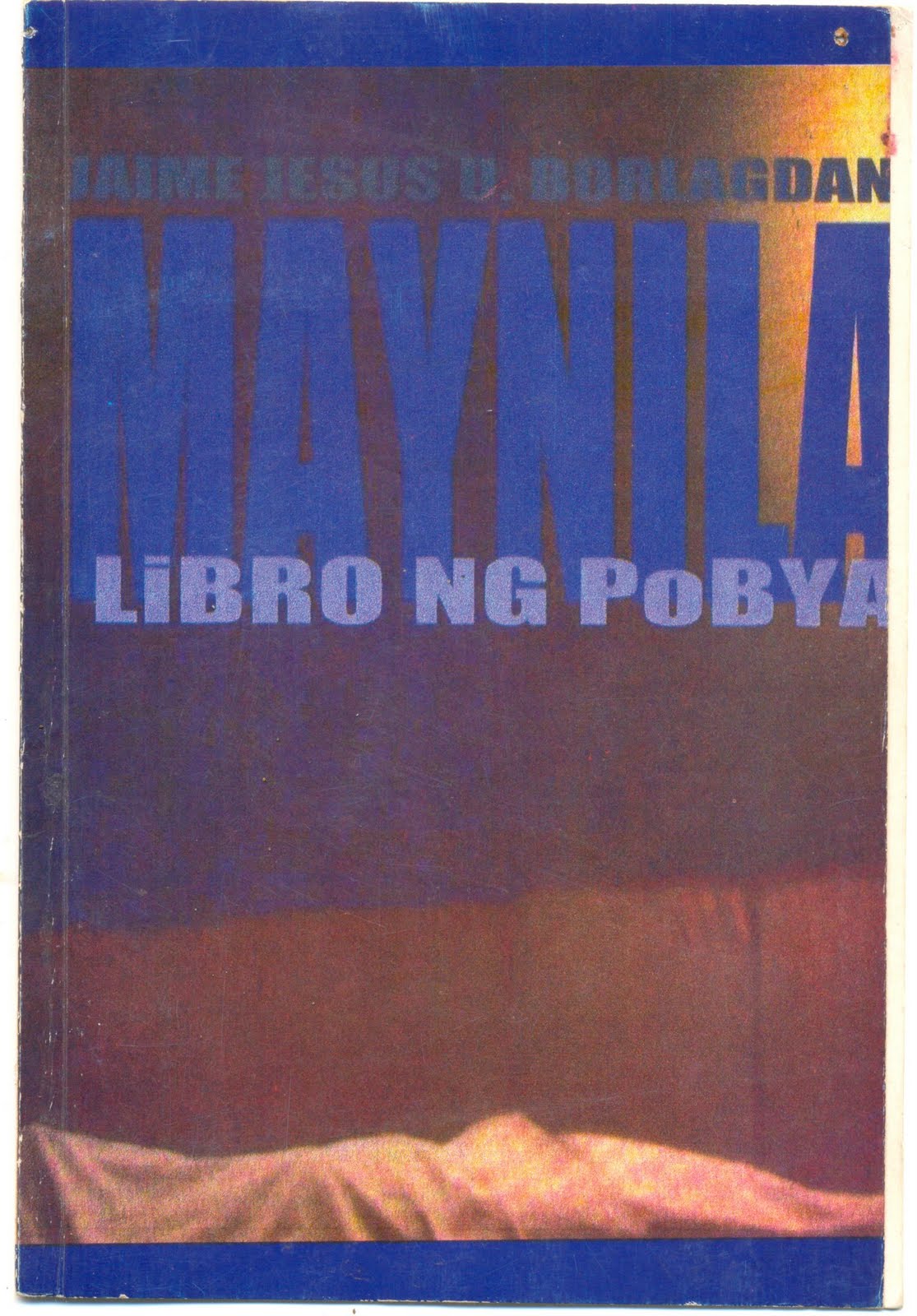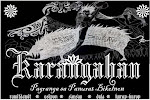
sa kusog buda hinang,
sa paghaman kan lansang
na pagtubod, dinangdang.
Sa pagkamuot tinais
an lukas kan paglaom;
sa herak kan Dios,
sa sadiring higos
dinaog an pagtios.
O, ginikanan kong ranga,
orog hamis magpadaba.
Kan matadong buda mahingowa,
ronang maginhawa.
Ina kan sakong kalag,
kuna kan sakong rarom.
Tingog kan taramon
na pirmi kong aram sawudon.
An gabos mong dalan
daing dagkang lalakawan.
Supay an kaogmahan pag namaanan
an tarom kan saimong gayon,
sa mga rebultong walat kan panahon
sa higos kan saimong pagrambong.
Buhi an daghan na dumalagan
saimong daga kan mag-agahon.
Totoong, dai nang iba,
sa minundagan sana
an hingalo kan ulian makukua.
English:
Tabaco Hymn
A state united, / by strength and sweat, / in forging the steel / faith, was heated. / The blade of hope / in love, grounded; / by God’s grace, / by self-diligence, suffering was defeated. // O, beloved land of birth, / your affection so sweet. / To the good and the diligent, / an abode of warmth. / Mother of my soul, / cradle of my depth. / The voice of the language / that I’ll always know how to speak. / All your paths / I will thread without fear. / My joy overflows looking / at the sharpness of your beauty, / in the monuments left by time, / in the passion of your growth. / My bosom runs free / through your land of dawn. / Truly, nowhere, / but in the motherland / serenity will be found.
Tagalog:
Bayang nagtutulungan / Sa lakas at pawis, / Sa paglikha ng bakal / Na tiwala, binaga. / Sa pag-ibig hinasa / Ang talim ng pag-asa; / Sa awa ng Diyos / Sa sariling sikap / Ginapi ang hikahos.// O, tinubuan kong giliw / Labis-tamis magsinta. / Ng mabuti at masigasig, / Bayang masigla. / Ina ng aking kaluluwa, / kuna ng aking lalim. / Tinig ng wika / na lagi kong alam bigkasin. / Ang lahat mong landas / walang kabang tatahakin. / Nag-uumapaw ang saya / sa sulyap ng tulis ng iyong ganda, / sa mga rebultong iwan ng panahon / sa sigasig ng iyong pag-ahon. / Malaya ang aking dibdib na tumakbo / sa’yong lupa ng bukang-liwayway. / Totoong, wala nang iba, / sa lupang sinilangan lamang / ang payapa makukuha.
Hymno Kan Tabaco
Posted by
Jai Jesus Uy Borlagdan
Wednesday, June 24, 2009








0 comments:
Post a Comment